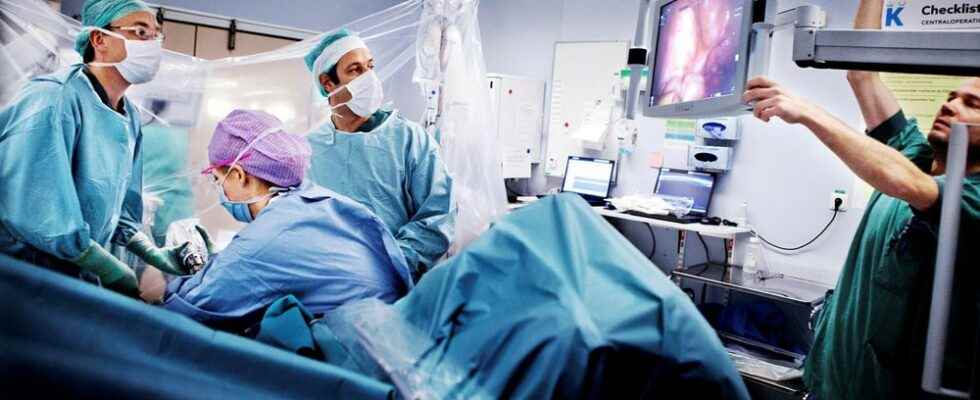I recently visited a regional association for prostate surgery men. I was shocked by what I encountered. The prostate cancer of the men present had in most cases been detected too late to receive curative treatment, avoid injuries during surgery or spread.
This is not how it can continue. Coincidence determines whether you can see a doctor who can make the correct diagnosis.
More than 10,000 men were affected by prostate cancer each year and more than 2,000 died in this, the most common form of cancer in Sweden. But diagnostics for prostate cancer and treatment are unequal.
I myself have had prostate surgery in early stage. Examining doctor did not find anything abnormal, but I requested and received a referral for a magnetic resonance imaging. Then early prostate cancer was raised. Through the union’s insurance, I quickly had an operation.
As a patient, I was well-educated, had a partner who was medically knowledgeable and who supported me. But my medical history is not generally valid. On the contrary, Swedish prostate cancer care has large differences depending on where you live, the doctor’s ability to make a diagnosis and whether the person affected has insurance or can pay for it themselves.
Prostate cancer must be detected as early as possible and action must be taken as soon as possible. But that is not the case today. Prostate cancer often has long consultation periods and waiting time for surgery, hormone treatment and radiation in public health care.
An example: According to the standardized course of care (SVF) for prostate cancer, the waiting time for an operation to remove the prostate should not exceed 14 calendar days. But the waiting time last year could be up to close to 100 days depending on the region. Nationally organized screening for prostate cancer does not take place, neither tests nor magnetic resonance imaging.
Too late detection and too late action cause unnecessary suffering for the men concerned in the form of incontinence, erectile dysfunction and increased risk of spreading to the skeleton. Bone cancer is a difficult last phase of life.
In addition, there are societal costs for prostate cancer. The cost of an operation at an early stage is just over SEK 200,000, while the treatment cost for spread prostate cancer can approach SEK 2 million.
It can not continue like this. Improvements in prostate cancer care in Sweden must be implemented immediately:
● It is first important to detect prostate cancer at an early stage. Therefore, screening for prostate cancer must be introduced nationally. All men should be regularly offered magnetic resonance imaging at risk age. The only safe way to detect prostate cancer at an early stage. Women are offered mammography, and then men should of course be offered magnetic resonance imaging of the prostate. PSA test and Stockholm 3 test in all glory, these are tests that are one hundred percent in their analysis.
● Referral times in the care chain must be shortened.
● Waiting times for prostate surgery in public care need to be shortened to a level corresponding to the care provider where the patient pays via insurance or himself.
● Waiting times for hormone treatment and radiation must be shortened.
● General practitioners and health centers should not handle prostate diagnosis. They must be handled by urologists at large prostate clinics with a cohesive care chain.
● Records of how many prostate cancer surgeries a surgeon has performed must be made public. The result of an operation is completely dependent on the surgeon’s skill, regardless of other conditions. The patient must be given the opportunity to actively choose a surgeon.
● Aftercare must be improved. Today, it is fragmentary or absent depending on the care provider and region.
All men must themselves come to the realization that the care system regarding the prostate in practice is designed so that the individual man himself must take the initiative to test and require a referral for magnetic resonance imaging in situations when doctors do not consider it necessary.
Men with post-secondary education, insurance and good personal finances are more likely to have prostate cancer detected in time. They are given the opportunity for faster surgery, which avoids spread and provides a better quality of life after the operation as well as a higher degree of survival.
Is this how public prostate care should work? No, but that’s just how it works today. Now action is needed to change this!
